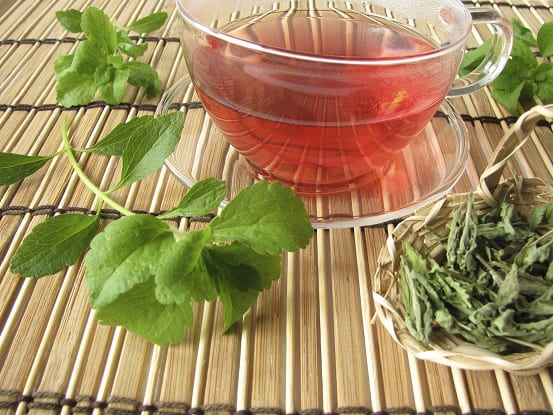 For years, stevia has been hailed as a miracle sweetener by weight loss gurus, fitness fanatics, and muscle maniacs everywhere.
For years, stevia has been hailed as a miracle sweetener by weight loss gurus, fitness fanatics, and muscle maniacs everywhere.
This herbaceous plant is a member of the wider stevia family with over 250 members, but the species we’re concerned with is stevia rebaudiana, which grows in south and tropical America. The global stevia market hit 3500 tons of produce sold in 2010, which has since shot up by a staggering 30% to reach 4670 tons. In 2015 alone, stevia sales increased by 14%.
Why? Stevia is a zero calorie sweetener. Like erythritol or other sugar alcohols such as sorbitol and xylitol, it provides the sweetness of sugar, without actually being sugar…
…and that makes it a hot commodity these days. Fear of tooth-destroying, brain-melting and acne-causing sugar is running rampant. The public is in love with all things natural, and diabetics are particularly fond of stevia because it barely spikes your blood sugar. There’s also some impressive studies on hypertensive people, where stevia lowered blood pressure substantially.
That’s all well and good, but is stevia recommended for acne patients? You might be surprised that the answer is no.
Firstly, the advantages
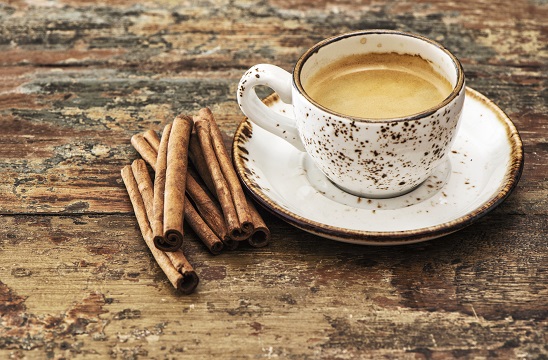 Before we get to the problems, stevia has some undeniable advantages for acne, the first being its total lack of sugar.
Before we get to the problems, stevia has some undeniable advantages for acne, the first being its total lack of sugar.
As you might know, added sugar is the single most inflammatory food ingredient in our world. A single sugary drink can spike the immune system chemicals behind acne by over 100%, and foods rich in fructose are particularly deadly, because this form of sugar is twice as bad for acne as regular glucose. If you’ve ever wondered why sweet treats like chocolate break you out, then sugar was the answer.
Importantly, all sugars provide their delicious sweet taste by binding to and stimulating the sweet receptors lining your entire tongue. In nature, sugar has near exclusive rights to those receptors. Whether it’s honey, fruit, or milk chocolate, the sweetness in your diet is nearly entirely derived from sugar…
…but there’s a handful of exceptions, and one of them is the leaves of stevia rebaudiana.
Instead of sugar, stevia is rich in rare glycosides (plant compounds) which also bind to your sweet receptors, namely rebaudiosides and steviosides. These unique compounds are sugar free, yet they taste 350 and 250 times sweeter than sugar respectively.
Read Annihilate Your Acne – learn to prevent acne and stop just treating it!
Stevia isn’t a cut and paste sugar substitute, as the leaves have a bitter flavour and a liquorice-flavoured aftertaste. However, it comes pretty close, as the Guaraní people of Paraguay can attest to; they’ve been blending the leaves into medicine and teas for 1500 years now.
The advantage is therefore simple: stevia can provide the sweetness of sugar without the inflammatory acne.
Secondly, there’s the oft-hyped medicinal properties. Stevia has over 100 rare compounds, and the sweet steviosides are particularly well documented in studies. Blood pressure is high on the list, but their acne-related powers include…
Increased antioxidants – in this 2010 study, 34 mice took either a placebo or a stevioside supplement for 12 weeks, and several antioxidants manufactured by the body increased sharply, including superoxide dismutase 1, SOD2, and SOD3. Concentrations of oxidised LDL cholesterol concentrations also dropped. The scientists concluded that: “Stevioside treatment was associated with improved antioxidant defense in both the adipose tissue and the vascular wall”.
Reduced inflammation – in one study, applying steviosides to human cells caused pro-inflammatory chemicals to plummet, particularly particularly TNF-a, interleukin 1-beta, and interleukin-6.
This 2012 study was a similar tale, also testing steviosides and human cells and this time observing reductions in NK-kappaB. This mastermind molecule controls many of the smaller immune system chemicals behind acne, like an overlord pulling a switch. The conclusion was that “stevioside may be a therapeutic agent against inflammatory diseases” (which acne is).
The history books have yet more promising tales. Supposedly, South American tribes drank stevia tea for depression and rubbed it into their legs for wound healing.
The fatal flaw with stevia
It’s safe to say that stevia is an acne-friendly sugar substitute to use occasionally, perhaps in tea or coffee if you’ve already eaten far too much sugar that day. However, you should never make stevia a regular dietary staple.
Why? As we discussed earlier, it’s almost always sugar that stimulates your sweet receptors. If a prehistoric man craved sweetness then a piece of sugary fruit of honey would be his only option. Consequently, our bodies are programmed to expect a rush of blood sugar whenever sweet receptors are stimulated. To shuttle all that extra glucose into glycogen energy stores, your body signals the pancreas to pump out insulin.
It’s a tight system millions of years in the making. Sweet taste = sugar incoming. Sugar incoming = the need for insulin to convert it to energy.
The problem is that any zero calorie sweetener, whether it’s stevia, erythritol or aspartame, still triggers this insulin increase. Your body automatically believes that sweetness equals sugar. Insulin is still increased, but there’s no flood of glucose for it to deal with, and instead, you enter mild hypoglycaemia.
The top 6 vitamins and minerals for clearing acne forever
Your blood sugar plummets, and with the dizziness and fatigue which that entails, your body has to act fact. Its response is to increase cortisol. This hormone draws reserve supplies of glucose out of your muscle stores to compensate, but what cortisol also does is cause acne.
You see, cortisol is the main stress hormone, the hidden reason behind acne outbreaks during work or stressful examinations. Cortisol can disrupt the absorption of acne nutrients, it can delay wound (and pimple) healing, and it can fuel your malicious gut bacteria. Keeping cortisol low is an absolute priority for all acne patients, but stevia spikes it sharply.
Lowering blood sugar is one of stevia’s signature health benefits; that’s the precise reason why diabetics love it so much. But if you’re already healthy, then this will take a serious toll on your health and adrenal glands. High cortisol is already an epidemic in this day and age, so piling on yet more pressure with stevia is the last thing you want.
Occasional spikes in cortisol are safe for acne, but use stevia every day and your stress hormones will never come down. That’s especially true if you suffer from chronic stress and anxiety.
Stevia makes all carbohydrates worse for acne!
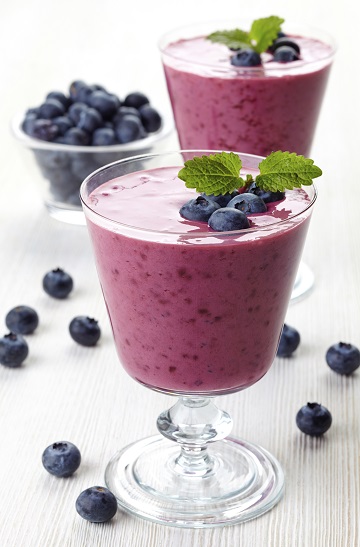 Furthermore, there’s another excellent reason to dodge stevia. According to an unpublished 2013 study, all zero calorie sweeteners gradually confuse your body’s response to sweet foods.
Furthermore, there’s another excellent reason to dodge stevia. According to an unpublished 2013 study, all zero calorie sweeteners gradually confuse your body’s response to sweet foods.
What happens is that firstly, you eat stevia once. Your blood sugar falls, causing cortisol to increase again. Through repetition, your body eventually learns that this stimulation of sweet receptors isn’t actually due to sugar at all.
Hence, your body starts to wind down its automatic digestive responses. Your insulin production becomes less responsive, less digestive enzymes are secreted. Your sweet receptors become decoupled from normal, healthy sugar metabolism.
Stevia itself actually becomes less harmful for acne, because less insulin will soften the blood sugar fall and resulting cortisol spike. But what’s crucial is that every other carbohydrate becomes worse.
Even if you make stevia your exclusive sweetener for homemade treats, you’ll still have to eat sugar in fruits and other plant based foods. When you do, your body will be so desensitised to sweetness that your blood sugar will spike for far longer.
Why bread and pasta are a massive cause of acne
This higher blood sugar will lead to increased dead skin cell turnover (which ends up clogging your pores) and higher production of free radicals called AGEs, and the sugar itself will cause more inflammation, as your body fails to digest it as efficiently.
Apples, strawberries, sweet potatoes, yoghurt, bananas – eat stevia, and any healthy food with sugar will be more likely to cause acne.
Stevia may have unknown dangers
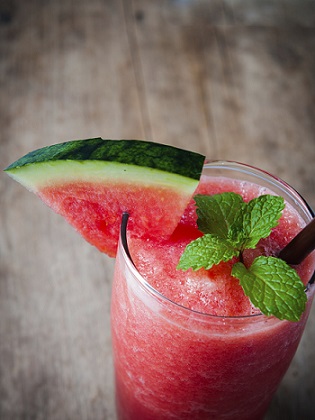 What’s more, as stevia slowly gains popularity and infiltrates the marketplace, bad reactions are showing up everywhere, including acne. You only have to search the internet to find dizziness, headaches, stomach cramps, and heart palpitations.
What’s more, as stevia slowly gains popularity and infiltrates the marketplace, bad reactions are showing up everywhere, including acne. You only have to search the internet to find dizziness, headaches, stomach cramps, and heart palpitations.
These reports all hint at bigger problems which scientists haven’t discovered yet. Some people believe that stevia can weaken your healthy gut bacteria, one of the great hidden causes of acne.
By its very nature as a zero calorie sweetener, a food which prehistoric humans rarely consumed, we can’t be certain of stevia’s safety.
The craze only kicked off in 2008, when the US legalised its usage as a sweetener, so we just don’t know. Yes, Paraguayan tribes have used stevia for 1500 years, but it probably wasn’t every day like members of the Paleo and Primal diets recommend.
Why honey is your perfect acne-friendly sweetener
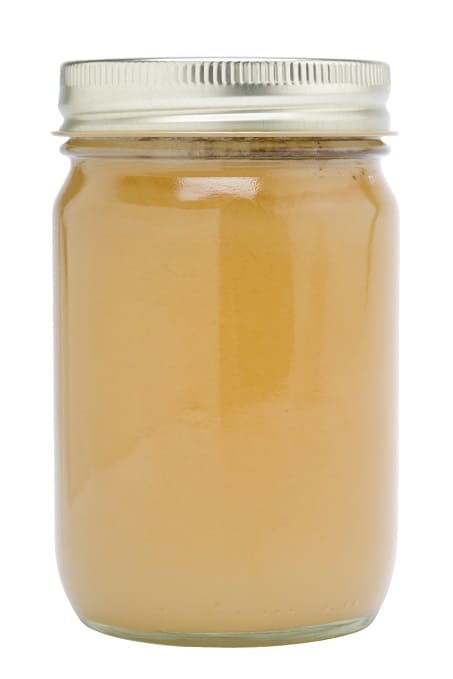 The excellent news is that sugarphobic mania is becoming overhyped anyway. It’s completely true that sugar causes obesity and tooth decay. It’s also true that sugar causes acne…
The excellent news is that sugarphobic mania is becoming overhyped anyway. It’s completely true that sugar causes obesity and tooth decay. It’s also true that sugar causes acne…
…but as usual with any health topic, the mainstream media has activated the hype machine and taken the strategy to a whole new extreme level. Newspapers like the British Daily Mail are now inventing new diets to help you “quit sugar” totally. They’re even scaring people into fearing healthy fruit like strawberries and apples.
Don’t believe that nonsense! Sugar is perfectly acne-friendly at intakes of below 50 grams per day. You can’t “quit sugar” and still be healthy. You have to eat some sugar in fruit and vegetables, or you’ll miss out on a ton of antioxidants, vitamins, and acne-clearing phytonutrients. Even herbs and spices contain sugar, and they’re some of the most powerful acne-clearing foods on earth.
Therefore, instead of wasting time on trying to make stevia safe, you can enjoy some top quality raw honey.
Honey’s sweetness is entirely sugar based, but assuming that you use small amounts, in tea, coffee, homemade chocolate or whatever you fancy, it’s completely non-controversial. Raw honey has been mankind’s favourite sweetener for millennia.
This yellow goop has just as many acne-friendly compounds as stevia, including antibacterial peptides like bee-defensin 1, more antioxidants, and the famous Methylgyloxal. Honey also has a far more storied medicinal history, healing wounds, burns, allergies, and bacterial infections without even blinking. Honey has numerous studies where it boosts bloodstream antioxidant capacity and lowers inflammation.
Why zinc supplements can reduce acne by 49.8%
Despite being a sugar-based sweetener, this study found that honey only increased bloodstream glucose mildly compared to standard white table sugar, AKA sucrose. It’s likely that the glucose release is blunted by honey’s endless natural compounds.
All this is achieved without confusing your body. Honey is 80% sugar and has no nasty surprises waiting up its sleeves, unless you’re secretly allergic to it (which is uncommon but not unheard of).
Honey also tastes fantastic compared to stevia, which has a weird liquorice aftertaste and unpleasant bitter undertones. Recently, I’ve been using this Y.S. Eco Bee Farms Raw Honey which has a rich flavour and is also pretty affordable. Always purchase raw honey, as the heat of pasteurisation obliterates almost all of the health-giving compounds. Brown sugar or coconut sugar are also preferable to stevia for acne.
If you must use it… the best products
There’s nearly no reason from a health perspective to use stevia unless you’re diabetic, but one indulgence weekly probably won’t destroy your insulin responses.
Therefore, understand this: most stevia products on the market today are NOT the leaf pulp which South American tribes once loved.
The king of the “stevia” market is easily Truvia. This sweetener, which is a joint effort by the Coca Cola Company and Cargill (a massive multinational food corporation) is now the second biggest selling sweetener in the USA behind Splenda.
It was Truvia and the similar PureVia which were approved as “generally recognised as safe” by the FDA back in 2008. Pure stevia leaves are still languishing in limbo.
Why does this matter? Because Truvia only contains one active ingredient from stevia – rebaudioside A, the one that’s 350 times sweeter than sugar. Read the label and you’ll discover that stevia’s official ingredients are rebiana (rebaudioside A), erythritol and “natural flavours”. Rebaudiosides are less bitter and slightly sweeter than steviosides, and that’s why they’re the golden child of food companies…
Sea buckthorn oil – a topical treatment which lowers oily skin by 45%
…but it’s actually steviosides which provide most of stevia’s health benefits. All the positive studies on blood pressure, antioxidants, and inflammation tested steviosides. Stevia leaves are 10% stevioside by weight, meaning that Truvia and Purevia are lacking the most vital part. Isolated rebaudioside A isn’t dangerous, but it’s never been shown to have its own health benefits.
Furthermore, these recipes contain none of stevia’s bonus redeeming compounds, like antioxidants and trace minerals. You can’t call PureVia real stevia when it only contains one isolated compound. In fact, Cargill was actually sued in 2011 for falsely calling Truvia “natural”. It blatantly isn’t natural, and hence, they were forced to settle out of court for an undisclosed sum of cash.
If you’re looking for health benefits in commercial stevia, then you’re looking in the wrong place.
While the insulin decoupling and cortisol spikes still exist, a 100% pure stevia leaf extract has the most benefits for acne. Also remember that while PureVia, Truvia and Enliten are the dominant brands, many smaller stevia brands also use rebaudioside A.
The final verdict
Stevia isn’t so evil for acne that you have to religiously avoid it. You don’t have to inspect every single food label like I recommend with trans-fats, or ask the staff in restaurants or coffee houses whether the food is all stevia-free or not.
However, I strongly recommend against using any type of stevia more than once weekly. An efficient insulin system is so important for clear skin that I can’t recommend stevia even if the worrying study was only preliminary.
Either way, stevia’s so-called advantages all fall flat when you think about it. Sugar is perfectly safe for acne in low doses, while the nutritional benefits can be obtained from endless different plant foods like apples, sweet potatoes, or watermelons, none of which confuses your body in the process.
NEXT: read the 167 page eBook and get the ultimate diet for acne
Thanks for reading!